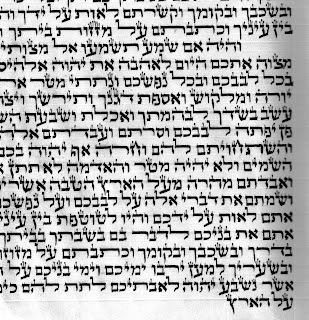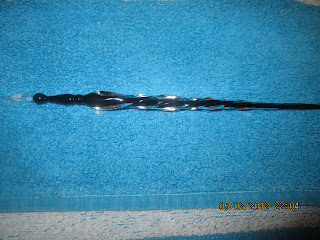Historical Tefillin Questions
The argument of Rashi and Rebeinu Tam (havios smuchos...) concerning the order of placing the parshiyos in the Tefillin is actually recorded already from the Geonic period and existed most probably well before. Someone asked me how can it be that we do not have the concrete mesora of how the Tefillin Parshiyos were placed in? Could it be that through the harsh golus this issue became lost from us? (although that the olam follows Rashi as the ikar). The other question I was asked -Did all of Am Yisroel put on Tefillin in the Midbar or did this become more universal to all of am yisroel well afterwards, and if so when? I would like to share your answers with this questioner. Thanks,











